When the Amphipolis tomb was discovered in August many had high expectations for what it might contain, and the contents subsequently brought to light have not disappointed. Inside the tomb, which likely dates to the period after the death of Alexander the Great, to c. 300 BC, archaeologists have now uncovered three chambers adorned with sculptures, frescoes, and mosaics; the skeleton of the deceased has also been recovered. The tomb is grand, the largest to have been found in Greece, and was clearly built for someone important. Consequently, its discovery has received much attention, especially from the Greek press eager to claim that it is the burial place of Alexander’s mother, Olympias, or even of Alexander himself. Such media speculation speaks most loudly of the importance of Alexander to modern Greek national identity, and so far has largely overshadowed public discussion of the historical and art-historical significance of the site.
Most immediately, the Amphipolis tomb provides a rare opportunity to study art within an ancient burial context. Seen in situ as a programmatic whole, the decoration inside the tomb constructs a narrative about death that was ultimately intended to guide the spirit of the deceased and console the bereaved. Two marble sphinxes guard the entrance: these hybrid creatures – part lion, part woman – typically occupy liminal spaces in Greek myth. As such, the sculptures mark the physical boundary between the outside and the inside of the tomb, between the living and the dead. Inside, two massive marble Caryatids guard the entrance to the second room. These are columns carved in the shape of standing female figures and were a common feature of Graeco-Roman architectural decoration: the majority come from funerary contexts and carry overtones of mourning. The Amphipolis examples, with their sombre expressions, provide a constant, silent vigil for the deceased.
Inside the second chamber, an intricate mosaic floor depicts the god Hades abducting Persephone, taking her into the Underworld to be his queen; Hermes, the god responsible for escorting the dead, accompanies him. This scene can be read as an allegory for the journey of the soul after death, in which the deceased is associated with Persephone. It hints at distress, but also suggests the promise of an afterlife: according to myth, Persephone spent half the year in Hades and half the year above ground when her return heralded spring and new life. And the frescoes that decorate the walls of the chamber continue this theme. They show images that relate to a mystery cult whose initiates were promised a happy afterlife; as such, they offer hope for the dead and consolation to the bereaved.
Once excavation is complete, however, the real value in the Amphipolis discovery may well lie in comparison with other sites, especially the tombs discovered at nearby Vergina. These are earlier in date and possibly include the tomb of Alexander’s father, Philip II, though again this is speculative. Some of the same iconography is found at both, but further study may reveal important differences as well as continuities. Built after Alexander’s death, Amphipolis may demonstrate the impact on art and burial practice of his empire’s contact with Persia; it may reveal how power after Alexander was articulated differently to what came before. Much is yet to be determined.
Related Articles
Could a newly discovered tomb in Greece hold Hellenistic treasures? (Ruth Allen)
Unlimited access from just $16 every 3 months
Subscribe to get unlimited and exclusive access to the top art stories, interviews and exhibition reviews.

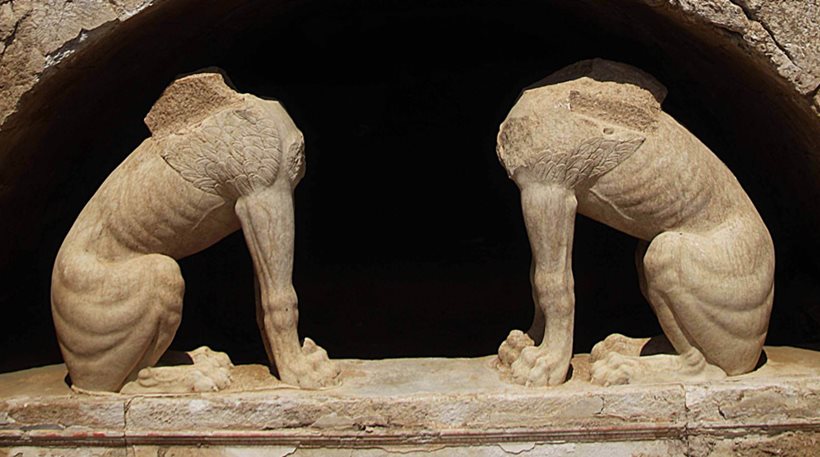
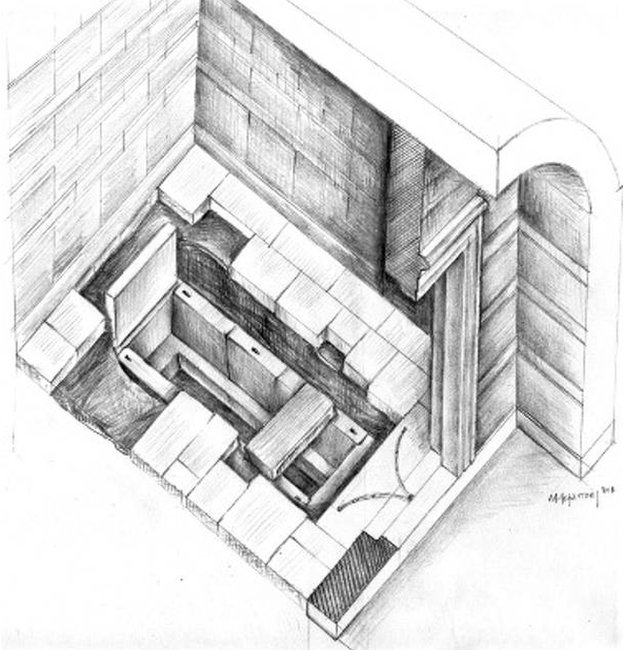
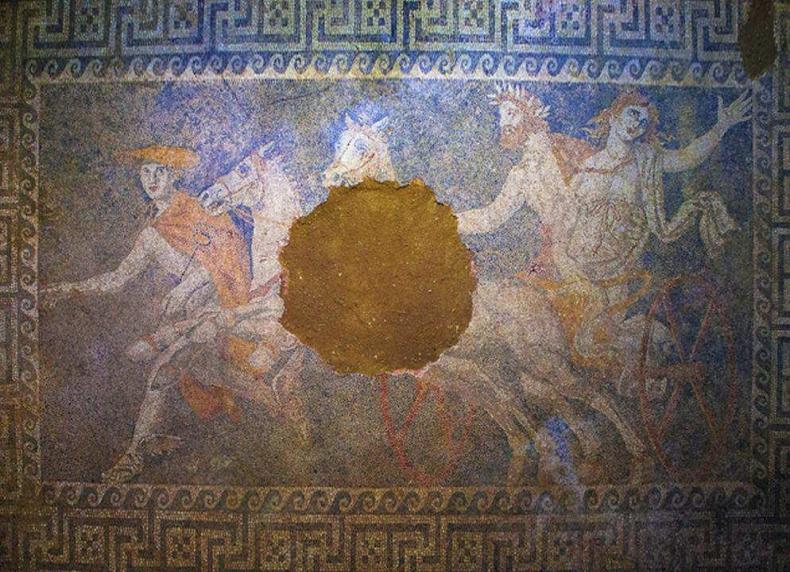

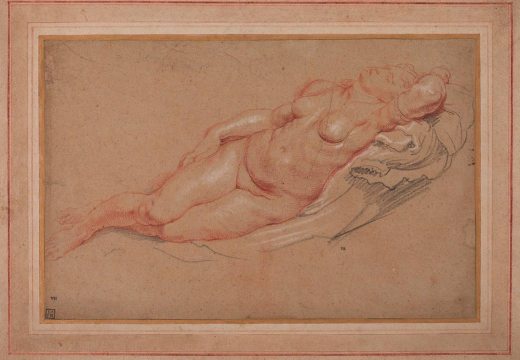
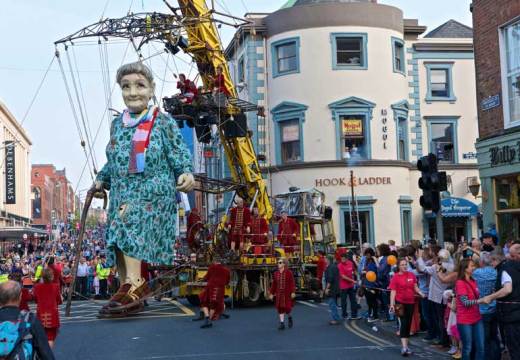









![Masterpiece [Re]discovery 2022. Photo: Ben Fisher Photography, courtesy of Masterpiece London](http://www.apollo-magazine.com/wp-content/uploads/2022/07/MPL2022_4263.jpg)
It’s time for the government of London to return to its rightful home